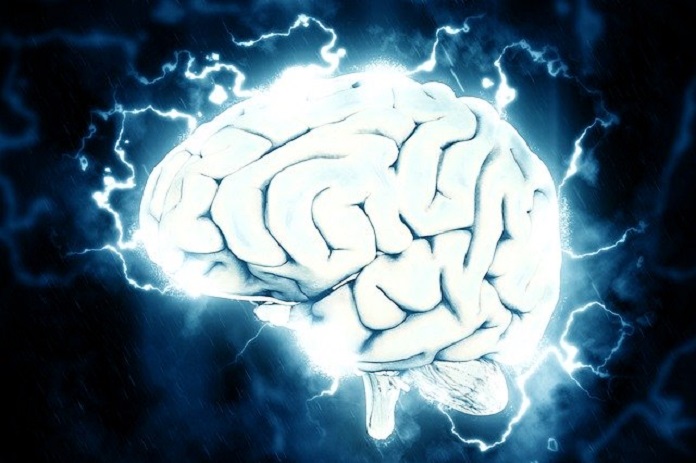Researchers investigated brain response patterns to visual stimuli in migraine sufferers.
Migraine sufferers experience intermittent severe headaches, usually worse on one side of the head and often combined with nausea, vomiting, and hypersensitivity to light, smell, or sound. Around a fifth of sufferers notice visual symptoms such as flashing lights, wavy lines, or blurred vision up to an hour before the headache. This is known as “migraine with aura”. Migraine attacks can last from a few hours to several days and can be extremely debilitating.
Many migraine sufferers notice abnormal visual sensations
Understanding more about how migraine attacks happen could lead to new approaches to prevention and treatment. The way a migraine attack develops is unclear, but may be related to temporary changes in nerve activity, chemicals, and blood vessels in the brain. Since many migraine sufferers notice abnormal visual sensations, there may be a link between migraine and the visual cortex, the part of the brain responsible for vision. Researchers at the Universities of Birmingham and Lancaster, UK, compared visual cortex responses to visual stimuli in migraine sufferers and healthy volunteers. They recently published their findings in NeuroImage: Clinical.
The researchers studied 29 migraine sufferers and 31 non-sufferers. All participants were shown a picture of a striped grating pattern as the visual stimulus. They completed questionnaires about their discomfort levels whilst looking at the pattern and whether they experienced any visual disturbances or hallucinations. The participants also had electroencephalogram (EEG) tests to measure brain activity responses in their visual cortex whilst looking at the patterns.
There was a larger, hyper-excitable response in the EEG of the visual cortex of migraine sufferers compared to non-sufferers when looking at the grating patterns. Interestingly, a sub-group of non-migraine participants who reported experiencing visual disturbances in the questionnaires also showed a hyper-excitable response in the EEG test. The response was similar to but less than, the migraine sufferers.
Migraine sufferers show hyper-excitable responses in the visual cortex
The study suggests that there may be specific differences in the way the visual cortex of migraine sufferers processes sensory stimulation from the outside world. However, more research is needed to understand how this could lead to migraine attacks. “We suspect that is only part of the picture since the same patterns of activity can also be seen in non-migraineurs who are sensitive to certain visual stimuli,” commented Dr. Ali Mazaheri, the senior author of the paper. The researchers plan to study the group further to see how the brain responses change close to a migraine attack. This may lead to a way to predict or prevent migraine attacks.
Written by Julie McShane, MA MB BS
References:
Fong CY, Law WHC, Braithwaite JJ, et al. Differences in early and late pattern onset visual-evoked potentials between self-reported migraineurs and controls. Neuroimage: Clinical 2020 25:102122. Doi:10.1016/j.nicl.2019.102122.
University of Birmingham, Press release 10 Feb 2020. “The brain of migraine sufferers is hyperexcitable, new study suggests.” https://www.eurekalert.org/pub_releases/2020-02/uob-tbo021020.php
Image by Pete Linforth from Pixabay



